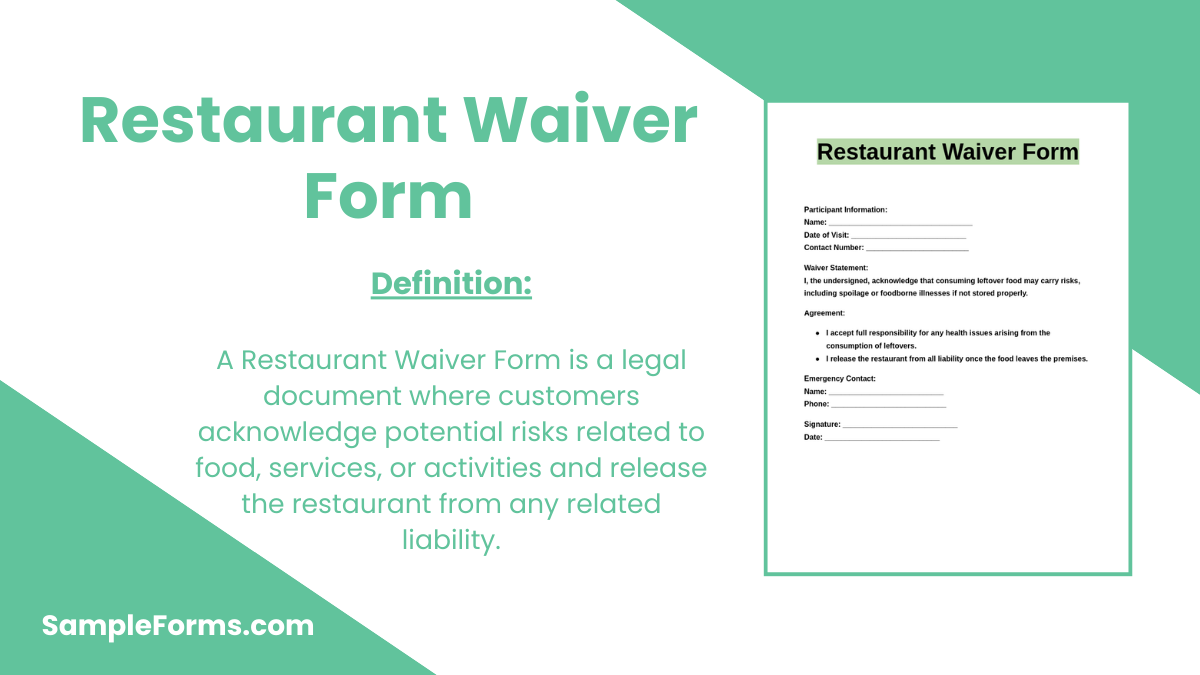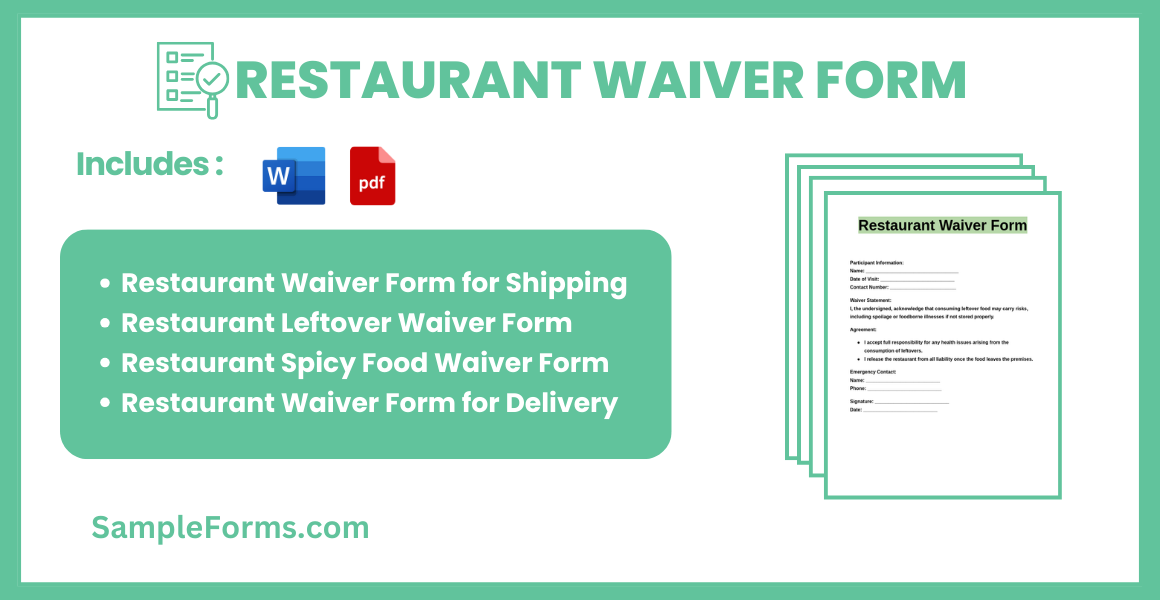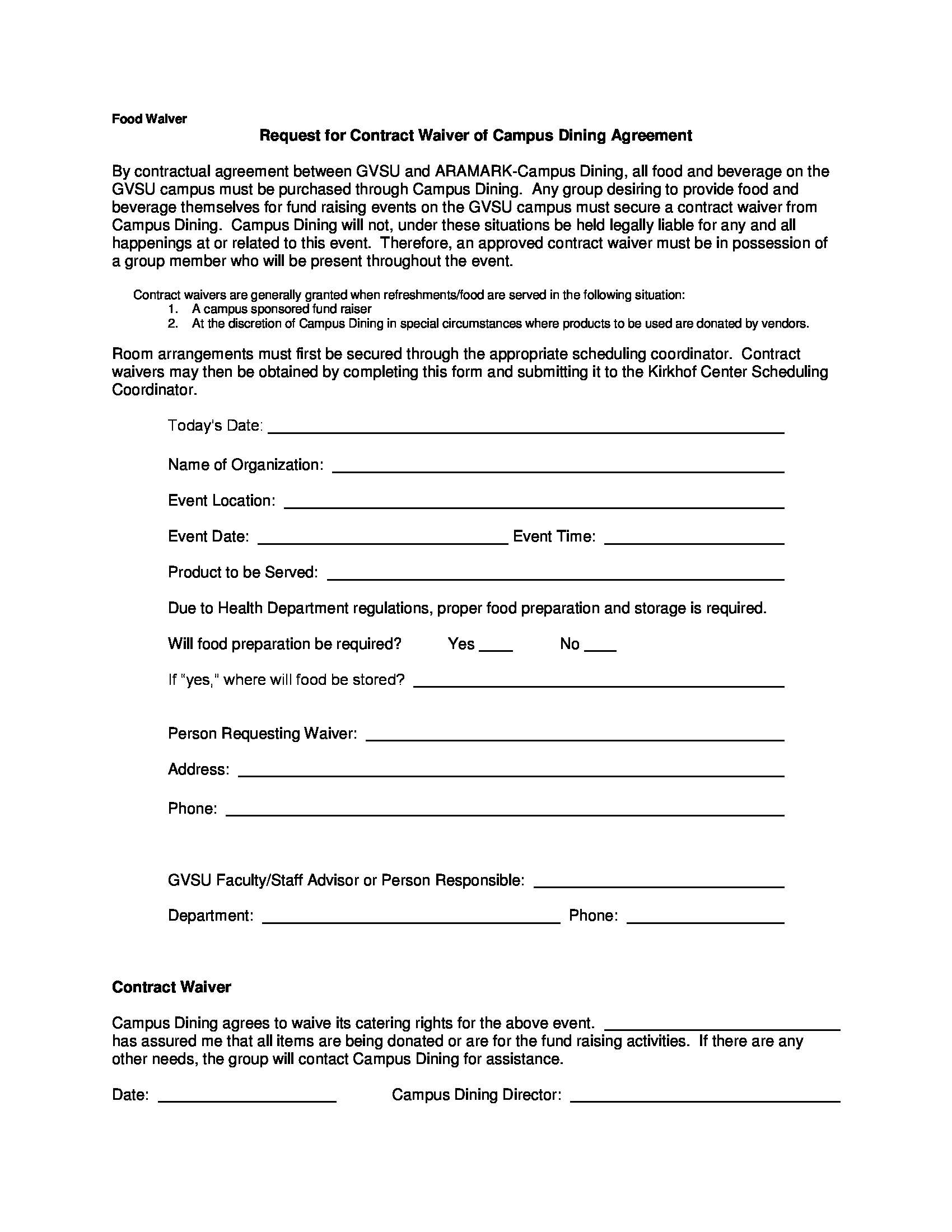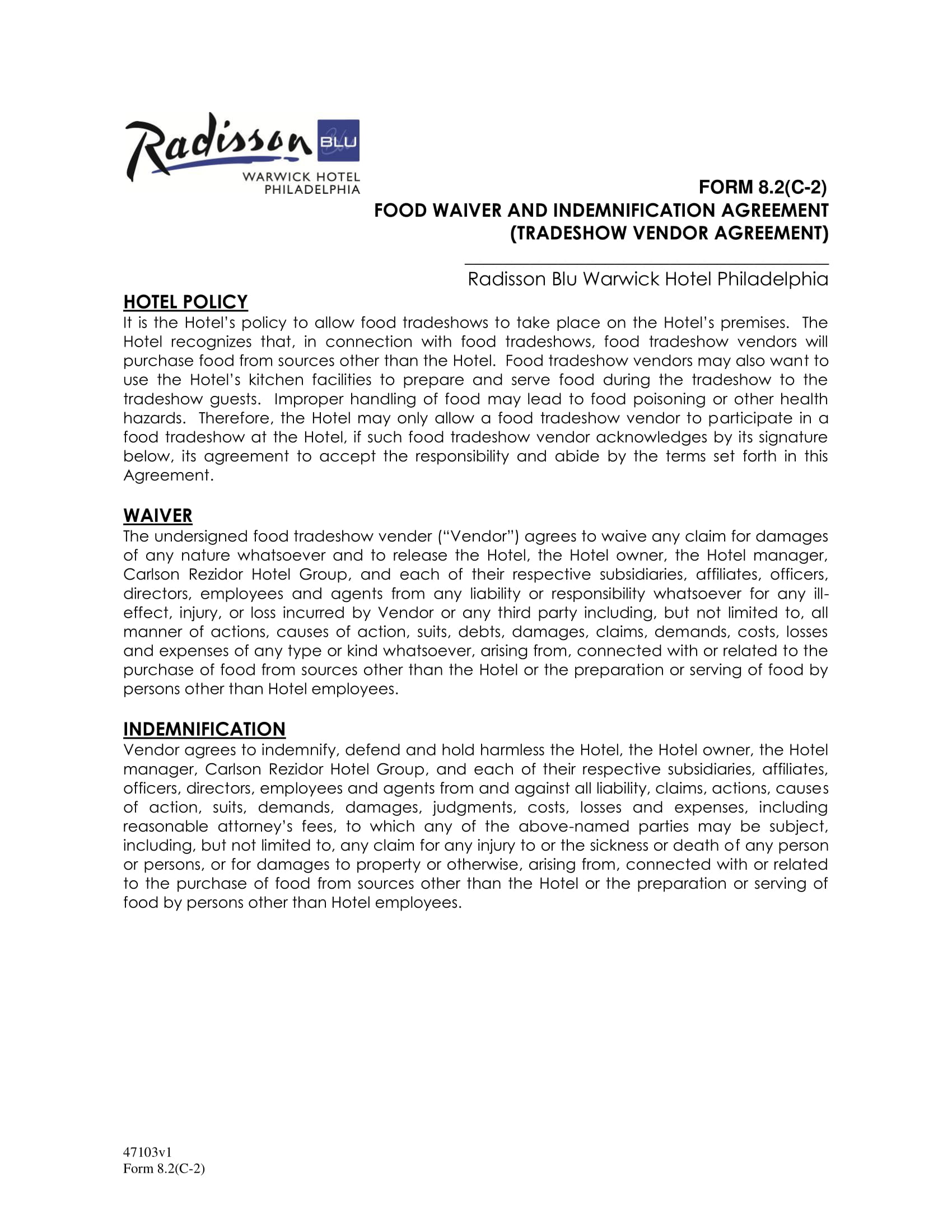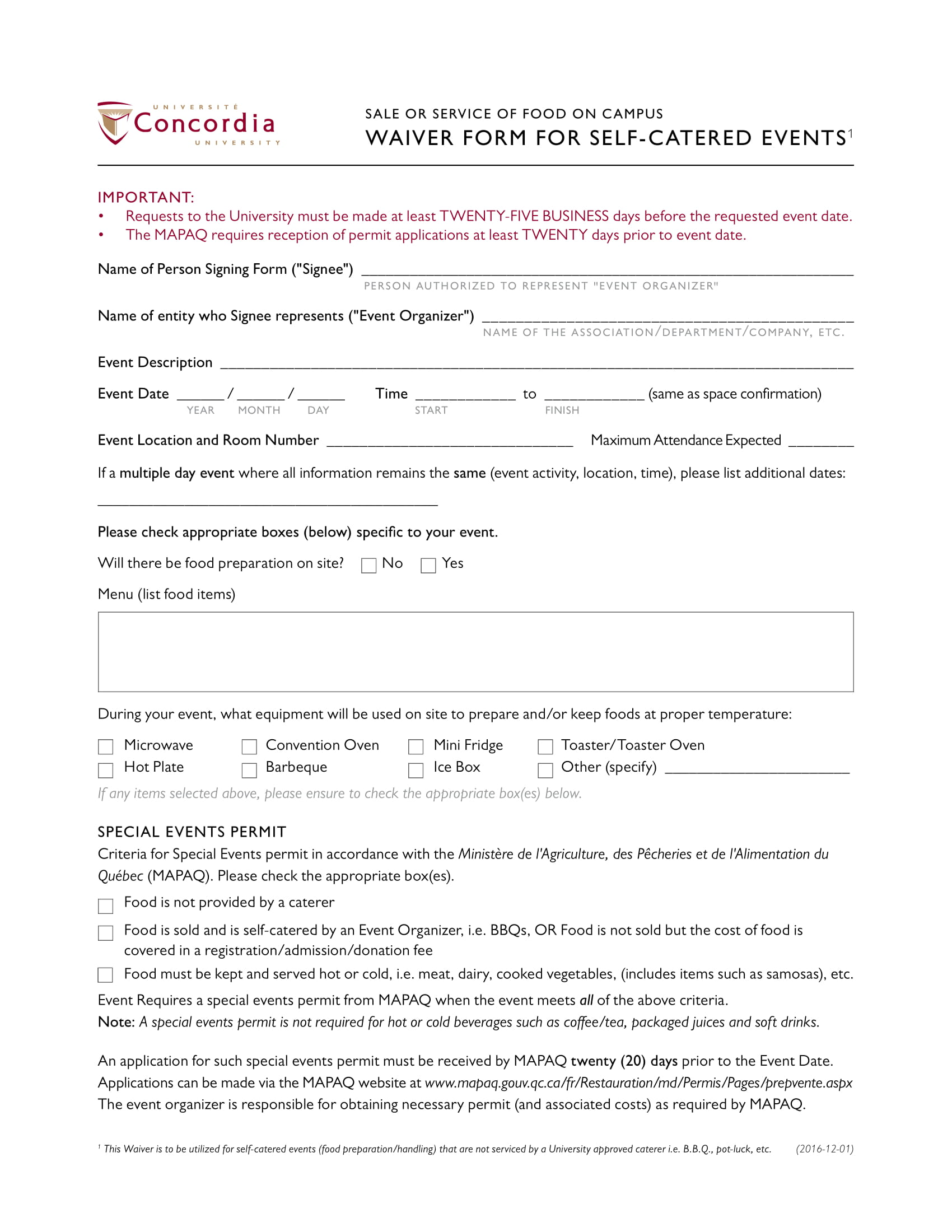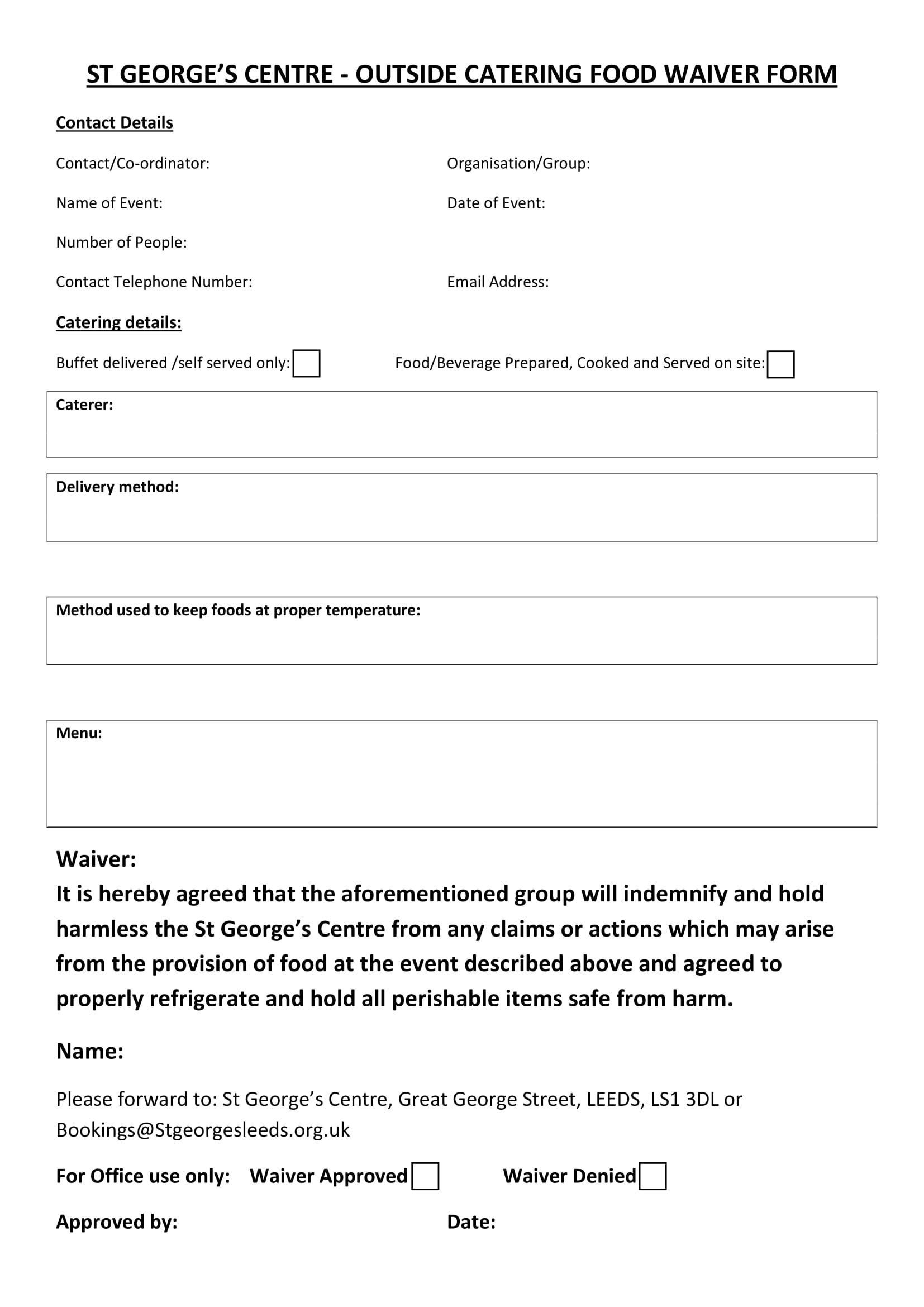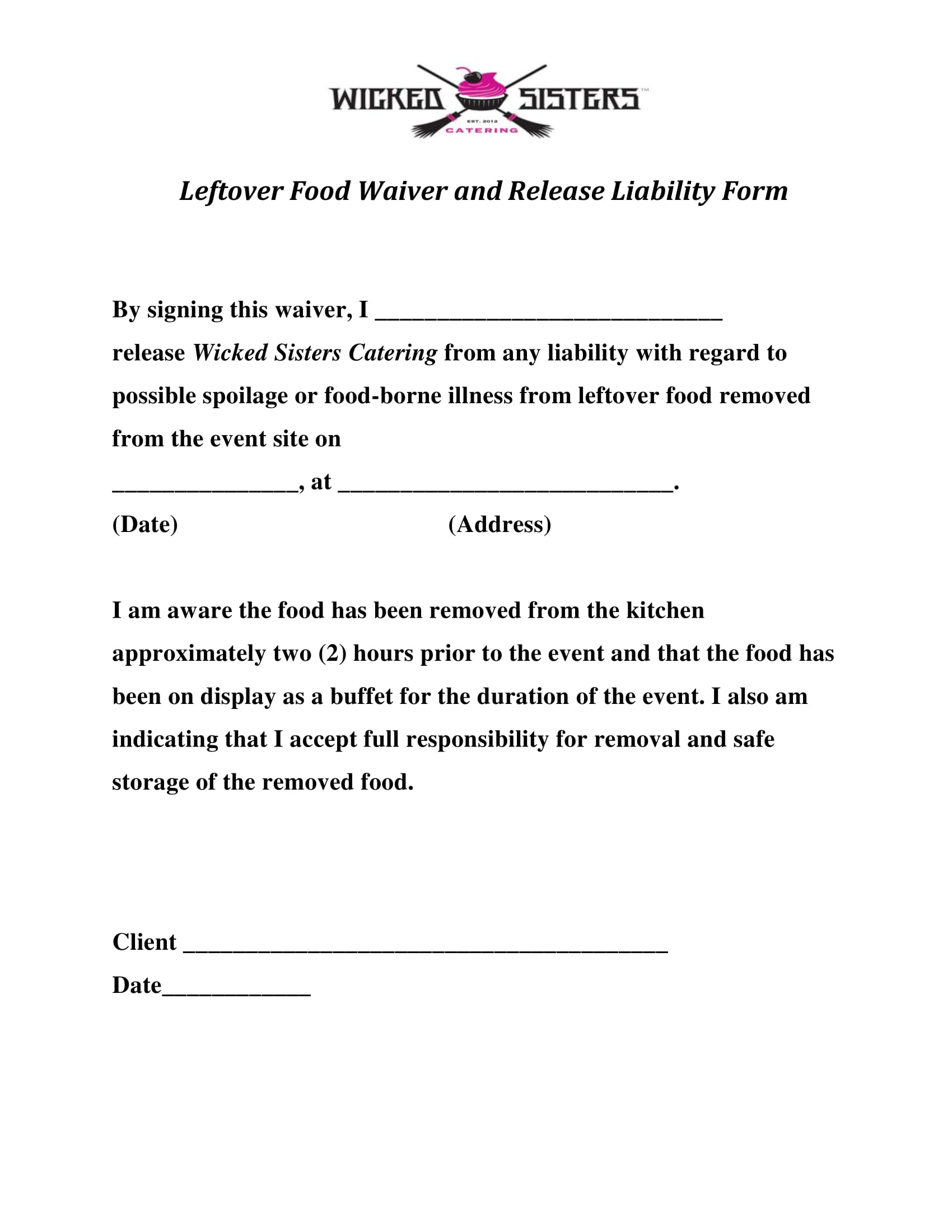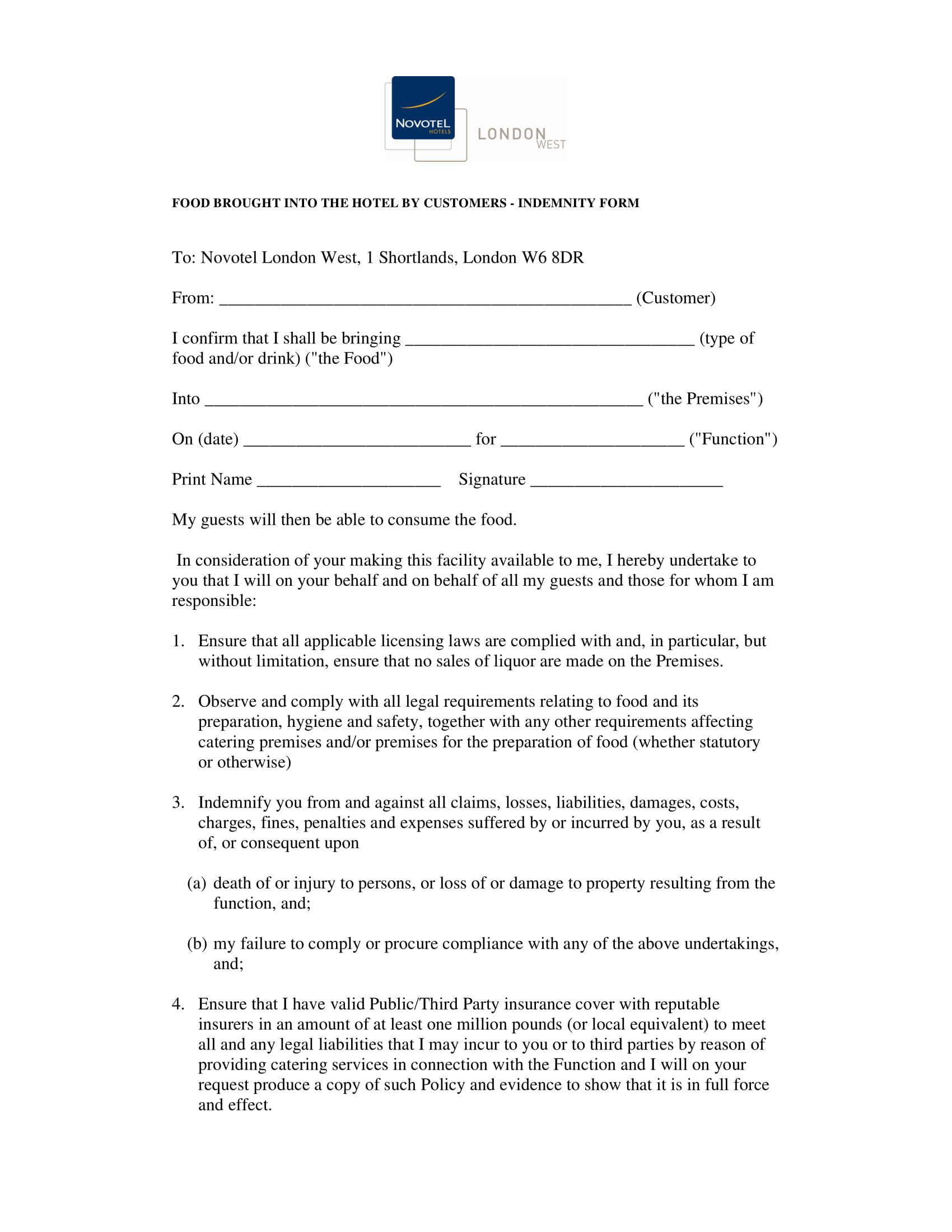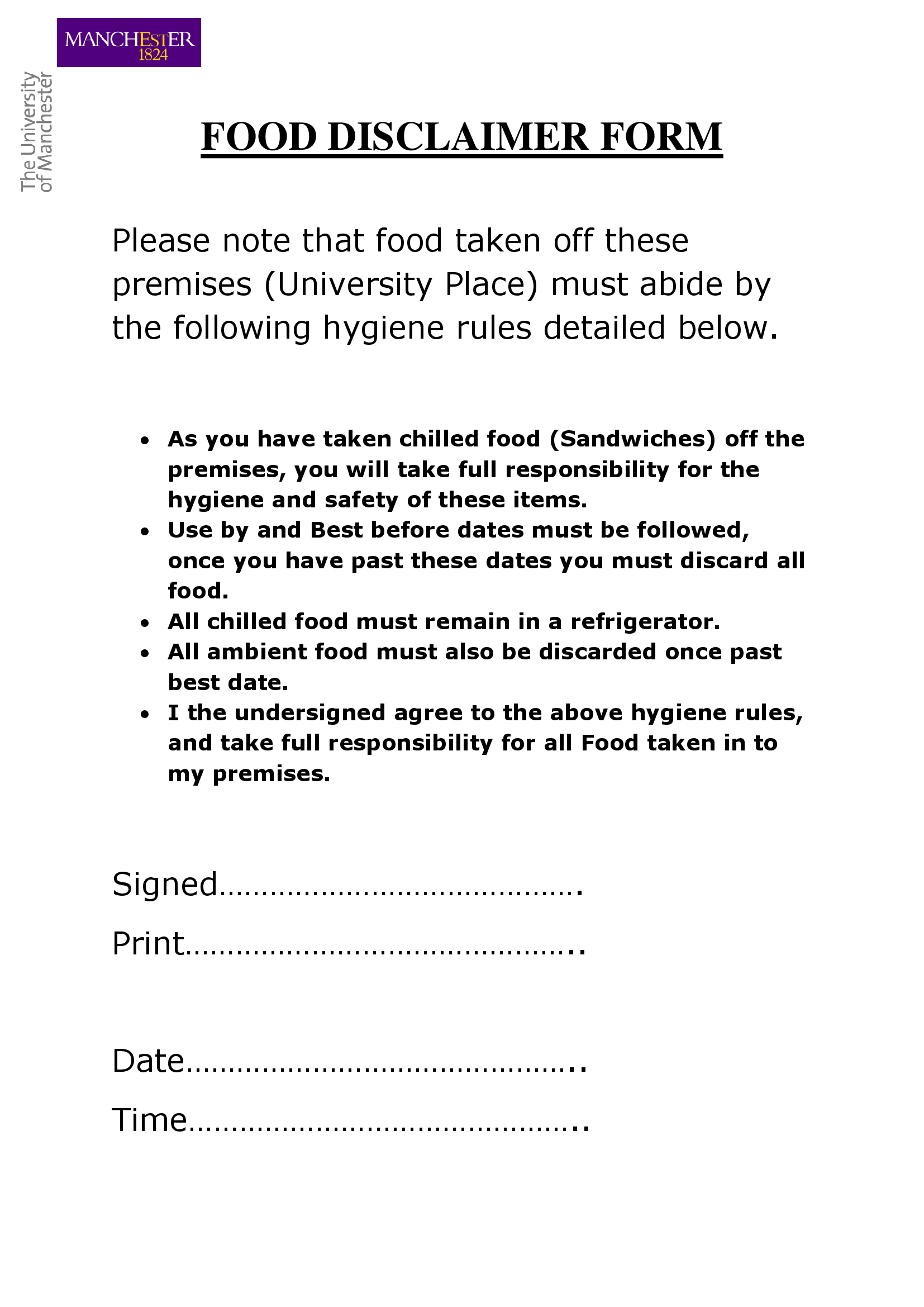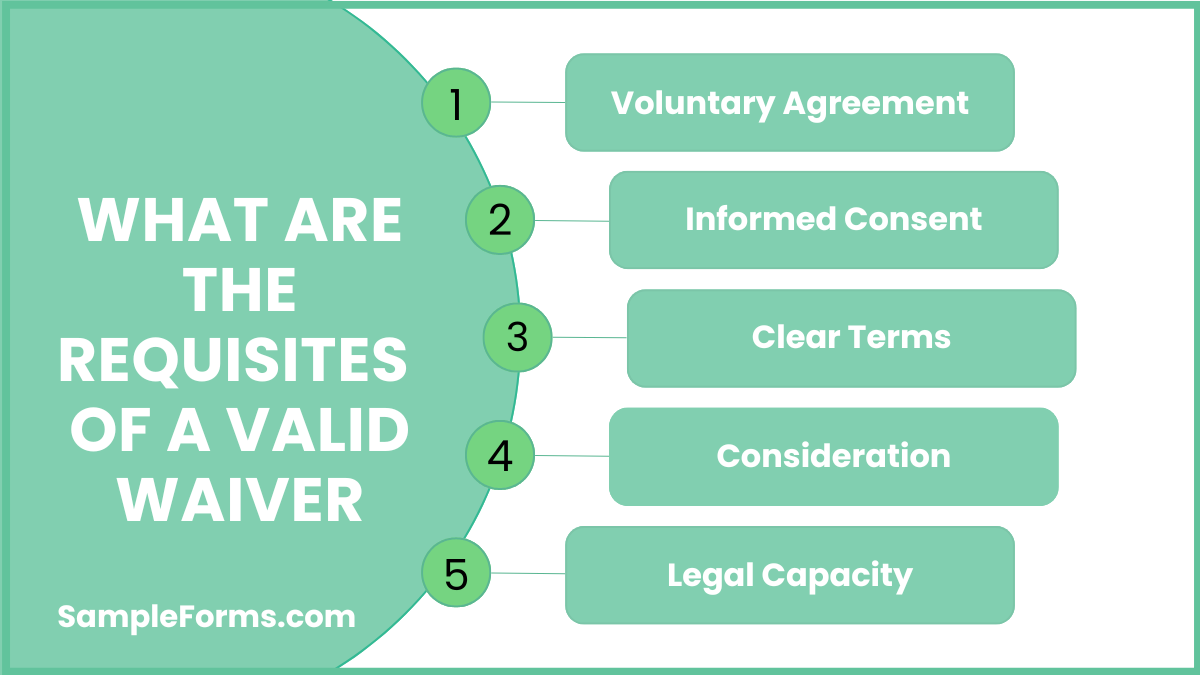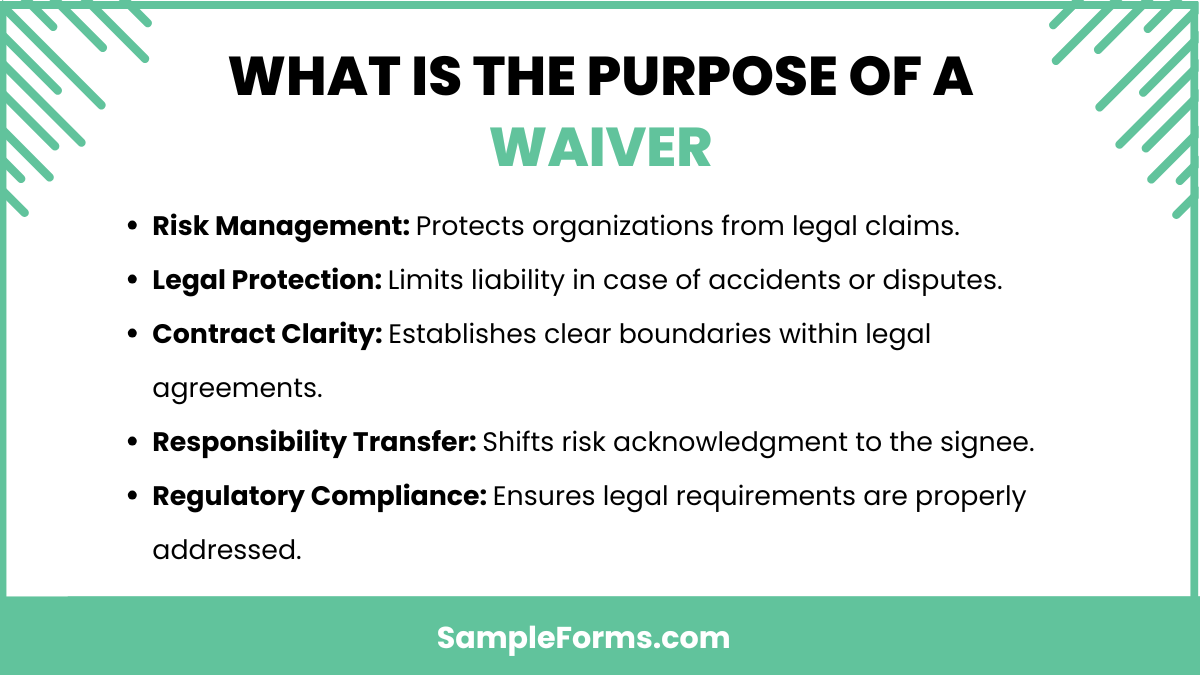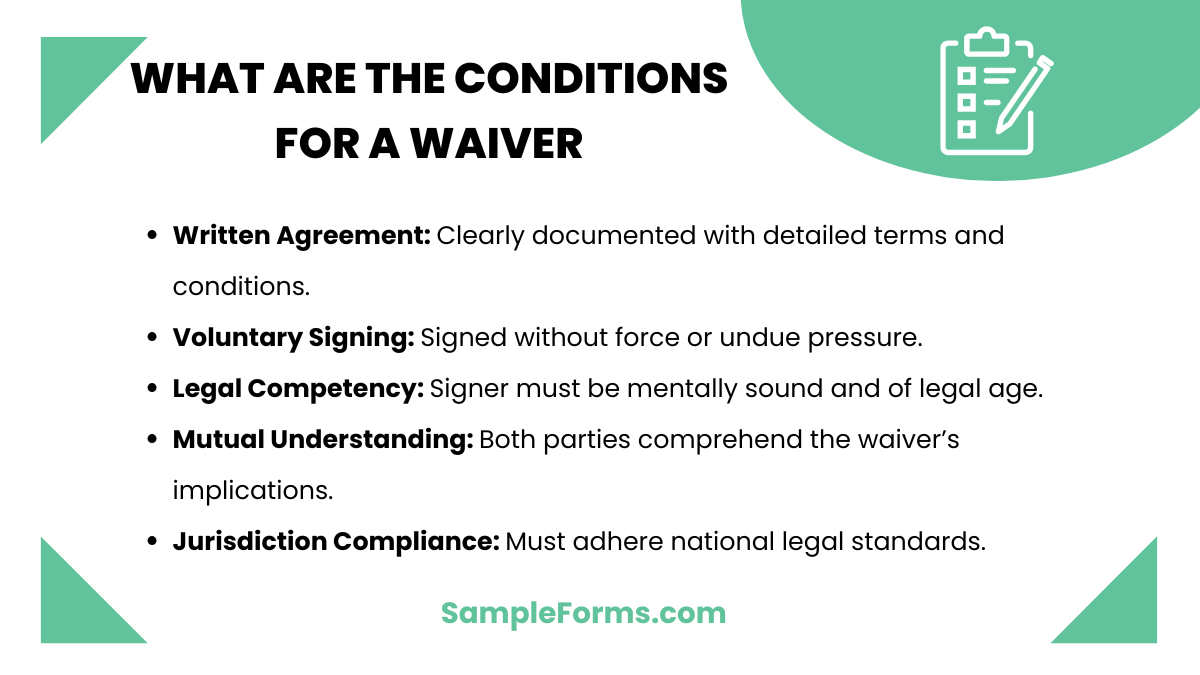A Restaurant Waiver Form is essential for managing risks in the food industry. This legal document helps protect restaurants from potential liabilities by having customers acknowledge specific risks related to dining experiences. Whether it’s addressing food allergies, spicy ingredients, or specific activities, a well-crafted waiver ensures clarity and legal protection for both parties. In this complete guide, you’ll learn how to create an effective Waiver Form with detailed examples. We’ll cover key components, best practices, and how this form fits seamlessly into your restaurant’s documentation process. Enhance your legal safeguards with the right Restaurant Form strategies.
Download Restaurant Waiver Form Bundle
What is Restaurant Waiver Form?
A Restaurant Waiver Form is a legal document used by restaurants to inform customers of potential risks associated with food, activities, or services. Customers sign this form to acknowledge understanding and acceptance of these risks, thereby limiting the restaurant’s liability. It’s commonly used for issues related to food allergies, consumption of undercooked items, or participation in events hosted by the restaurant. This form helps establish clear communication between the restaurant and its patrons, ensuring both parties are aware of potential risks.
Restaurant Waiver Format
Participant Information
Full Name: _______________________________
Date of Birth: ____________________________
Contact Number: __________________________
Email Address: ____________________________
Acknowledgment of Risks
I understand that:
- Food may contain allergens such as nuts, dairy, gluten, etc.
- The restaurant cannot guarantee allergen-free environments.
- Dining carries inherent risks related to food preparation and consumption.
Assumption of Responsibility
I hereby agree to:
- Assume all risks associated with dining.
- Release the restaurant from liability for allergic reactions or other food-related incidents.
Emergency Contact Information
Name: _______________________________
Relationship: ___________________________
Phone Number: _________________________
Signature
Participant’s Signature: _________________________
Date: _________________________
Restaurant Waiver Form for Shipping

A Restaurant Waiver Form for Shipping protects restaurants from liabilities during food shipment. Similar to a Liability Waiver Form, it outlines potential risks like spoilage, delays, or damage, ensuring customers acknowledge responsibility once the food leaves the restaurant.
Restaurant Leftover Waiver Form
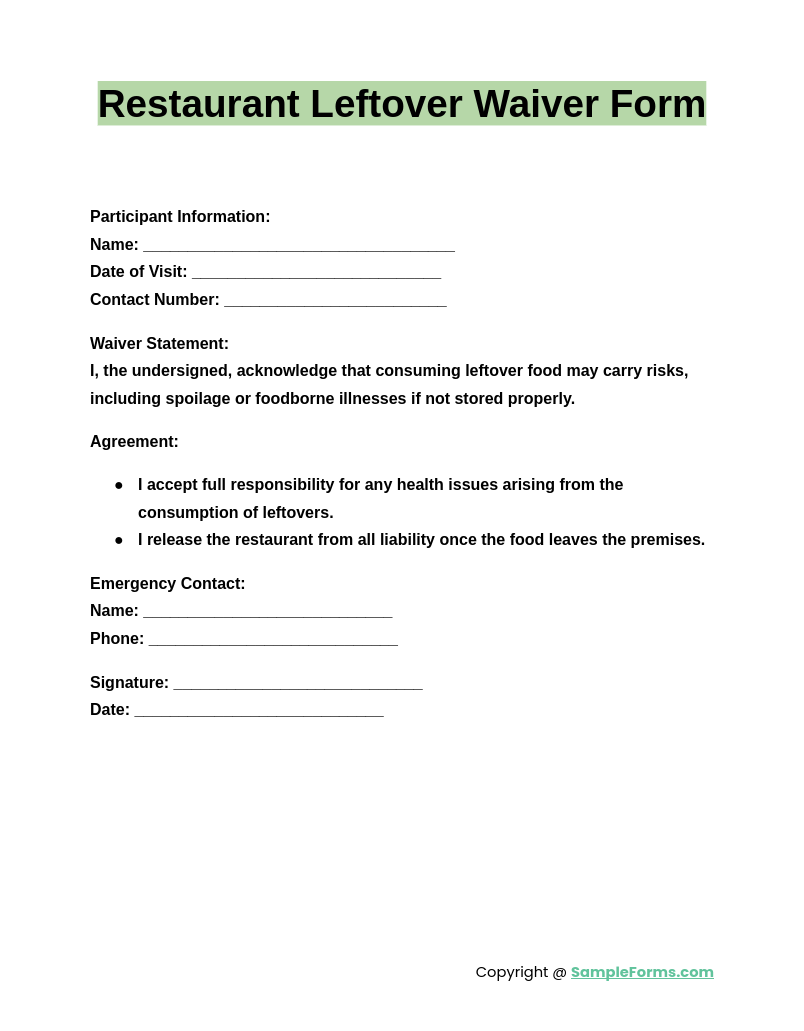
A Restaurant Leftover Waiver Form releases the restaurant from liability related to the consumption of leftover food. Much like a Basketball Waiver Form, it ensures customers understand the risks of foodborne illnesses when storing or consuming leftovers beyond recommended timeframes.
Restaurant Spicy Food Waiver Form
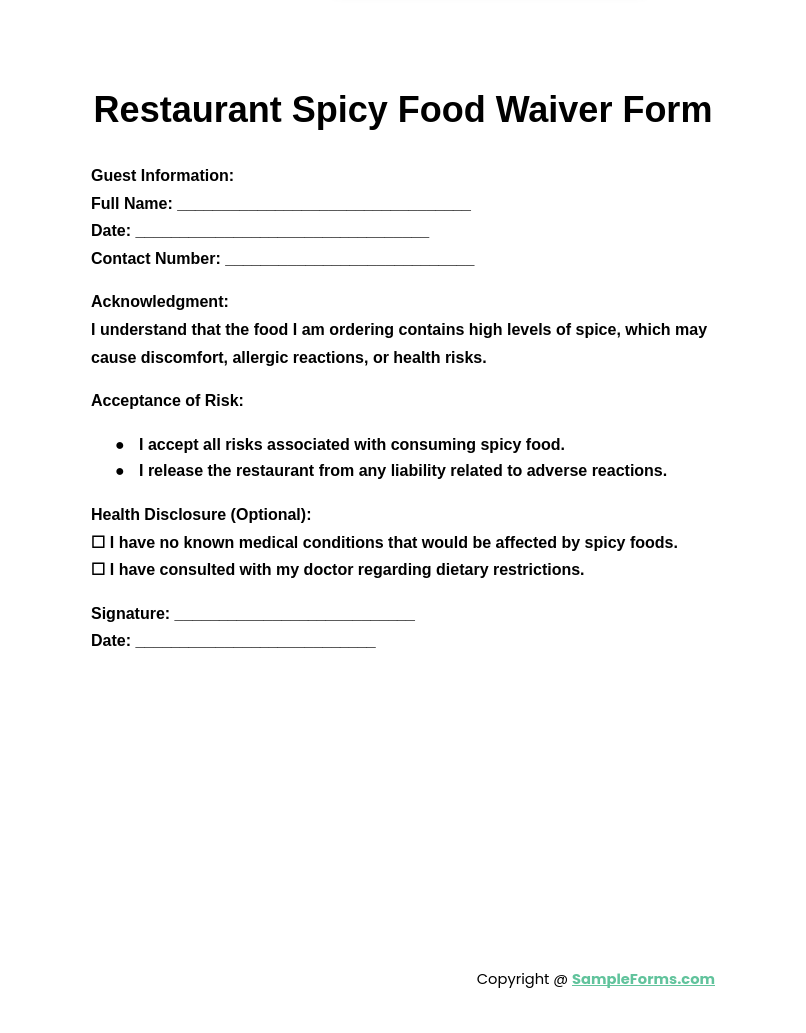
A Restaurant Spicy Food Waiver Form helps restaurants manage risks related to serving extremely spicy dishes. Comparable to a Medical Waiver Form, it requires customers to acknowledge potential health risks, such as allergic reactions or digestive discomfort, from consuming spicy foods.
Restaurant Waiver Form for Delivery
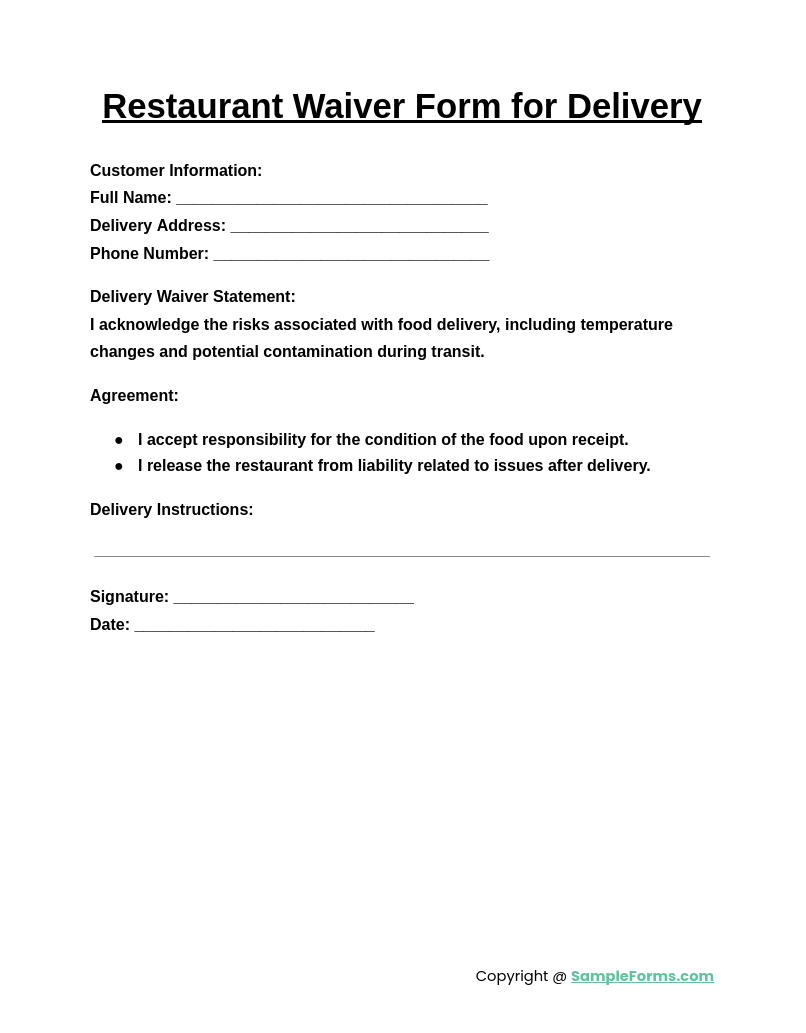
A Restaurant Waiver Form for Delivery minimizes liability for issues arising after food leaves the premises. Similar to a Sports Waiver Form, it outlines risks like temperature changes, contamination during transit, and customer responsibility upon receipt of the delivered items.
Browse More Restaurant Waiver Forms
Food Waiver Request Form
Food Contract Waiver in Doc
Food Waiver Form for Hotel
Catering Food Waiver Form
Outside Catering Food Waiver Form
Leftover Food Waiver Form
Food Disclaimer Form in PDF
Food Disclaimer Form in Doc
What is a Waiver of Requirement?
A waiver of requirement is a legal document that exempts an individual or organization from fulfilling specific obligations. Similar to a Construction Lien Waiver Form, it officially acknowledges the relinquishment of certain rights under agreed conditions.
- Definition: A formal declaration to forgo a legal right or obligation.
- Purpose: To simplify processes by removing unnecessary compliance requirements.
- Legal Binding: Must be signed voluntarily to hold legal weight.
- Common Use: Often used in contracts, legal settlements, or service agreements.
- Documentation: Requires detailed records to prevent future disputes.
What Are the Requisites of a Valid Waiver?
A valid waiver must meet key legal criteria to be enforceable, much like a Yoga Waiver Form designed to protect studios from liability claims.
- Voluntary Agreement: Parties must willingly consent without coercion.
- Informed Consent: The individual must understand the rights being waived.
- Clear Terms: Language should be specific, outlining obligations clearly.
- Consideration: Sometimes includes an exchange of value to validate the waiver.
- Legal Capacity: The signer must be of legal age and mentally competent.
What is the Main Purpose of a Waiver?
The main purpose of a waiver is to release a party from liability or legal obligations, similar to an Employee Waiver Form used in HR policies.
- Risk Management: Protects organizations from legal claims and lawsuits.
- Legal Protection: Limits liability in case of accidents or disputes.
- Contract Clarity: Establishes clear boundaries within legal agreements.
- Responsibility Transfer: Shifts risk acknowledgment to the signee.
- Regulatory Compliance: Ensures legal requirements are properly addressed.
What Do You Need a Waiver For?
Waivers are needed to manage risks, protect businesses, and clarify legal responsibilities. They function similarly to an Appraisal Waiver Form in real estate transactions.
- Business Transactions: For services with inherent risks like dining or fitness activities.
- Events & Activities: Common in sports, travel, and public gatherings.
- Property Sales: Used in real estate to bypass specific inspections.
- Employment Agreements: Protects employers from certain employee claims.
- Legal Settlements: Simplifies dispute resolutions by waiving future claims.
What Are the Conditions for a Waiver?
Waivers require specific legal conditions to be valid, like an Event Waiver Form that outlines participation risks and responsibilities.
- Written Agreement: Clearly documented with detailed terms and conditions.
- Voluntary Signing: Signed without force or undue pressure.
- Legal Competency: Signer must be mentally sound and of legal age.
- Mutual Understanding: Both parties comprehend the waiver’s implications.
- Jurisdiction Compliance: Must adhere to local, state, or national legal standards.
What is a Meal Waiver Form?
A meal waiver form releases an organization from liability related to food consumption, similar to a Restaurant Performance Form, ensuring safety acknowledgment for dietary risks.
How Do I Make My Own Waiver Form?
To create a waiver, outline risks, responsibilities, and liability clauses, like a Restaurant Contract Form, then ensure clarity and legal enforceability with a signature section.
Can I Write Up My Own Waiver?
Yes, you can draft your own waiver. Ensure it’s clear, legally sound, and structured like a Restaurant Evaluation Form to cover potential liabilities effectively.
What is a Standard Waiver Form?
A standard waiver form is a legal document releasing liability, resembling a Restaurant Write Up Form, with clear terms, risk acknowledgment, and participant signatures.
What Should a Waiver Say?
A waiver should state risks, release of liability, participant responsibilities, and consent, much like a Restaurant Requisition Form outlines clear operational details.
Can I Use Google Forms for Waivers?
Yes, Google Forms can collect waiver information, but unlike a Fee Waiver Form, it may lack legal enforceability without proper digital signature validation.
Can Anyone Write a Waiver?
Anyone can write a waiver, but for legal validity, like a Damage Waiver Form, it must be clear, detailed, and meet legal requirements.
Does a Waiver Need to Be Notarized?
Notarization isn’t always required but adds authenticity, similar to the validation process of a Lien Waiver Form for legal protection.
Who Can File a Waiver?
Individuals, businesses, or legal representatives can file a waiver, like an Athlete Waiver Form, provided they meet legal competency requirements.
How Do Restaurant Vouchers Work?
Restaurant vouchers work like prepaid credits or discounts, redeemed for meals or services, ensuring smooth transactions similar to managing a Youth Waiver Form process.
In conclusion, a Restaurant Waiver Form is a critical tool for managing risks and protecting restaurants from potential legal claims. By clearly outlining the risks involved and securing customer acknowledgment, restaurants can create a safer, more transparent dining environment. Whether for food-related issues, special events, or unique restaurant activities, this form provides peace of mind for both businesses and customers. Utilizing samples, templates, and legal advice can simplify the process. Additionally, integrating a Restaurant Checklist Form alongside the waiver ensures all operational and legal protocols are consistently followed for maximum efficiency.
Related Posts
-
Waiting List Form
-
FREE 8+ Restaurant Termination Forms in PDF | MS Word
-
FREE 4+ Restaurant Transfer of Ownership Forms in PDF | MS Word
-
FREE 5+ Restaurant Requisition Forms in PDF
-
Restaurant Review Form
-
FREE 7+ Restaurant Agreement Forms in PDF
-
FREE 5+ Sample Restaurant Marketing Forms in PDF | MS Word
-
FREE 3+ Sample Restaurant Finance Forms in PDF | Excel
-
Restaurant Survey Form
-
Restaurant Opening Checklist Form
-
Restaurant Training Form
-
Restaurant Waste/Wastage Form
-
FREE 6+ Sample Restaurant Checklist Forms in PDF
-
FREE 9+ Restaurant Performance Forms in PDF | MS Word
-
FREE 9+ Restaurant Forms in PDF | MS Word
